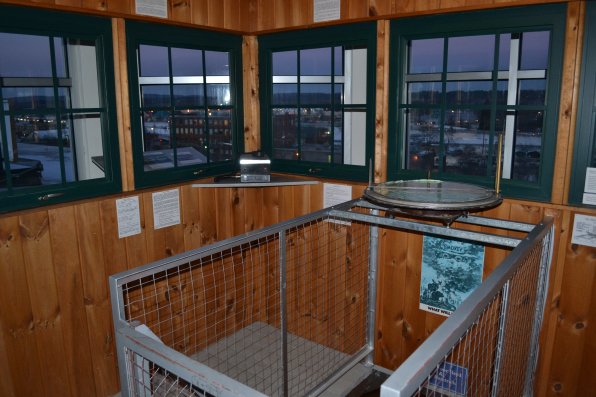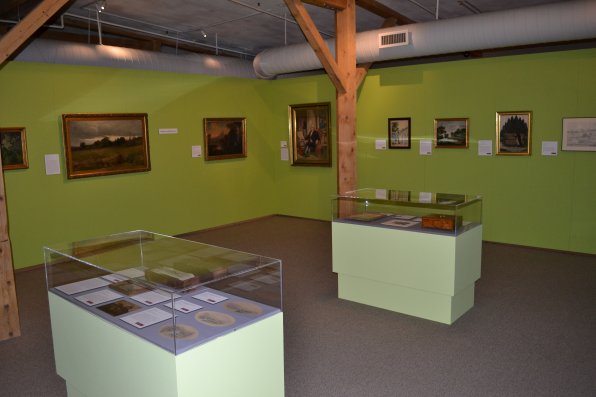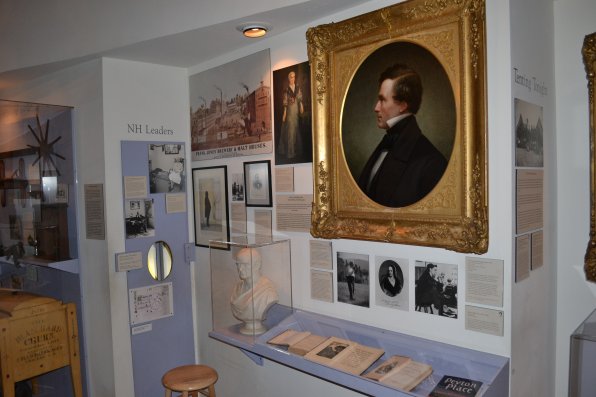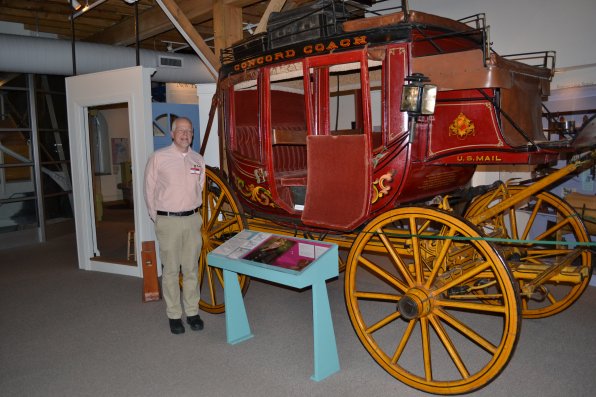It’s hard to imagine the history of New Hampshire being housed in just two buildings.
With 200-plus years of people, places and things to show off, those would have to be some of the largest buildings in the state, and quite possibly the world. Yet somehow, the New Hampshire Historical Society pulled it off.
Unfortunately, not all of the mementos are displayed at one time. It’s just downright impossible, with more than 33,000 pieces in the collection. That’s why the exhibit, “New Hampshire Through Many Eyes,” in the historical society’s museum has been carefully crafted since its inception in 1995.
“You only see about 2 percent on exhibit at one time,” said Wes Balla, director of collections and exhibitions. “How do you pack the history of a state into a 3,000-foot space?”
Despite our undying love for the Granite State, how much do we really know about it?
If stopped on the street, you should be able to tell us that Franklin Pierce is the only president from our state and every four years we host the first primary in the nation. Some would affectionately tell us stories of The Old Man of the Mountain, how New Hampshire gained its independence and when we ratified the United States Constitution.
But did you know that the Segway was invented by a Manchester man? Or that the Abbot Downing Company manufactured the Concord Coach right here in the state capital?
Well, both are true, and you can learn all about it with a trip to the museum at 6 Eagle Square. Founded in 1823, the New Hampshire Historical Society is the fifth oldest in the country. So you can imagine just how much stuff has been collected. In addition to the museum, the society also has a library at 30 Park St. where it houses manuscripts, biographies and photographs, and even has the original eagle from the State House. How cool is that? An eagle in a library – too bad it isn’t alive, because that would make for an interesting visit.
Between the two structures, a portion of the greatest inventions, paintings and artifacts from New Hampshirites are housed. Man, if that collection could talk.
Some of the items – like old textiles and Civil War artifacts – are too fragile to display. For the rest, there just isn’t enough space.
After the society acquired the building at Eagle Square in 1992, it took three years before “N.H. Through Many Eyes” opened to the public. The exhibit has been evolving ever since, especially with the addition of pieces like the first Segway prototype.
“We’re a historical museum, so we’re really about people and their objects,” said Balla. “And every object has at least one story, if not multiple stories.”
It’s an overview of what makes the Granite State special. The exhibit includes artifacts from the Revolutionary War, one of the first state seals and information on New Hampshire’s most famous people – like Daniel Webster, Robert Frost, John Stark and Mary Baker Eddy.
“It’s about many different perspectives of New Hampshire history,” said Balla.
The Concord coach is one of the more well-known local pieces in the collection. It’s also the largest, and steering that thing could not have been easy.
“This was in that window from the 1820s to the 1850s where stage coaches were important before the trains arrived,” said Balla. “And it was made right here.”
“N.H. Through Many Eyes” takes up the third floor of the Eagle Square building, while the fourth currently houses, “Home, School, and Studio: Women Artists and New Hampshire” and “Mountain Scenery,” a collection of 19th century New Hampshire landscape paintings. Those exhibitions will be on display through March 30.
“Women are not really thought of as artists until the 20th century,” said Balla. “But what we’re finding is that there were some serious professional women artists from New Hampshire in the 19th century.”
There is also a great recreated fire tower on the fourth floor to climb up to and look out over the city. It’s the best place in Concord to people watch and spot the occasional fire.
Over the last 10 years, there has been an emphasis on reviewing the collection through cataloguing and imaging to also help bolster the website.
“Imaging is just a part of it,” said Balla. “A real important part of it is thorough cataloguing. We are working through sections of the collection. There is no way one person can keep all of this in their head.”
It allows for the society’s staff to brush up on the collection and see what needs restoration. In just the last 10 years, the society has spent about $250,000 in conservation efforts. Maybe they should look into restoring our Insider office.
“It’s something you have to work at for years in order to keep the collection healthy,” said Balla.
There are also plenty of quirky pieces and collections for future display. They acquired one of the old toll booth coin collectors. There is a hat made out of milk weed silk and a set of diner placemats from around the state.
“It’s not particularly valuable, but historically it tells us something,” said Balla of the placemats.
It is not always easy to find a place for those one of a kind items, like Webster’s highchair.
“One of the great American oracles sat in that chair as an infant,” said Balla. “And somebody thought to save it.”
Recently Balla acquired a set of bones. They are not from a human or animal, but are an early version of the musical spoons. There is also a collection of more than 700 license plates from 1905 to 1984.
“It tells us a lot about New Hampshire history in the 20th century as it relates to automobiles,” said Balla,
The society is constantly acquiring items through purchase and donation. It only borrows for specific exhibits, when it will add to the experience.
“Things have to fit a number of criteria,” said Balla. “There are a lot of factors we look at.”
Between tourists, residents and students, the museum sees about 20,000 visitors per year. So if you weren’t one of those thousands in 2013, make a plan to visit. You never know when a New Hampshire history question might pop up.
For more info on the historical society, museum and library, visit nhhistory.org.












